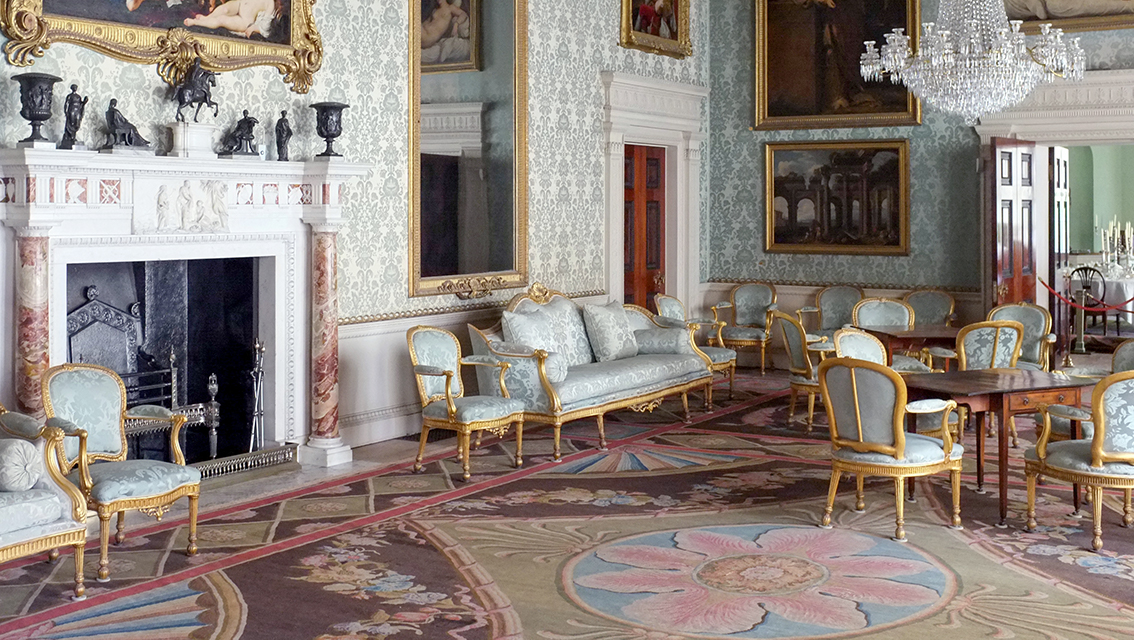
The history of Axminster carpets:
part one - a thief in the night
Friday, October 05, 2018
In the mid Eighteenth century several individuals began manufacturing imitation hand-knotted Turkish carpets in England. Rivals Thomas Moore and Peter Parisot both claimed to be the first but it was Thomas Whitty’s enterprise in Axminster, Devon, that would come to define the art and establish Axminster as a synonym for quality carpets. Parisot had fled to London from France where he began a carpet and tapestry venture, taking over a workshop in Fulham from two former Savonnerie manufactory weavers, Pierre Poire and Louis Theau, who had run out of money. Visiting London in 1754, Whitty saw and admired the Turkish carpets on display and decided to begin making them in his Axminster factory. After his own experiments proved fruitless Whitty resorted to industrial espionage to realise his ambition, sneaking into Parisot’s London workshop to learn the weaver’s secrets.
With the weaving technique thus secured, Whitty’s Axminster carpets soon became fashionable among the English elite and were chosen by wealthy aristocrats to furnish in their country homes and town houses. Axminster carpets were produced for the music room of the Brighton Royal Pavilion, Saltram House (pictured above), Warwick Castle, Chatsworth House and in 1800 for the Sultan of Turkey. King George III and Queen Charlotte purchased Axminster carpets and also visited the factory, which dominated the English carpet market between 1755 and 1835.

